2024 Undergraduate Awards
On Saturday, April 27th the 3rd annual Undergraduate Research Symposium took place in Mossman Hall, with undergraduate students participating in poster and oral presentation competitions. Following the symposium, chemistry undergraduates, family and friends attended the accompanying awards dinner where symposium awards and undergraduate scholarships were distributed. Congratulations to all of this year’s winners!
Undergraduate Research Symposium Award Winners
Poster Award Winner
Maryam Ahmed
Poster Award Winner
Grayson Cobb

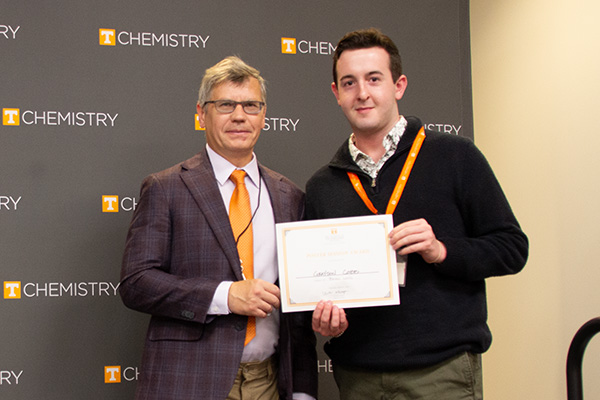
Oral Presentation Winner
Kendra Day
Oral Presentation Winner
Makayla Hedges
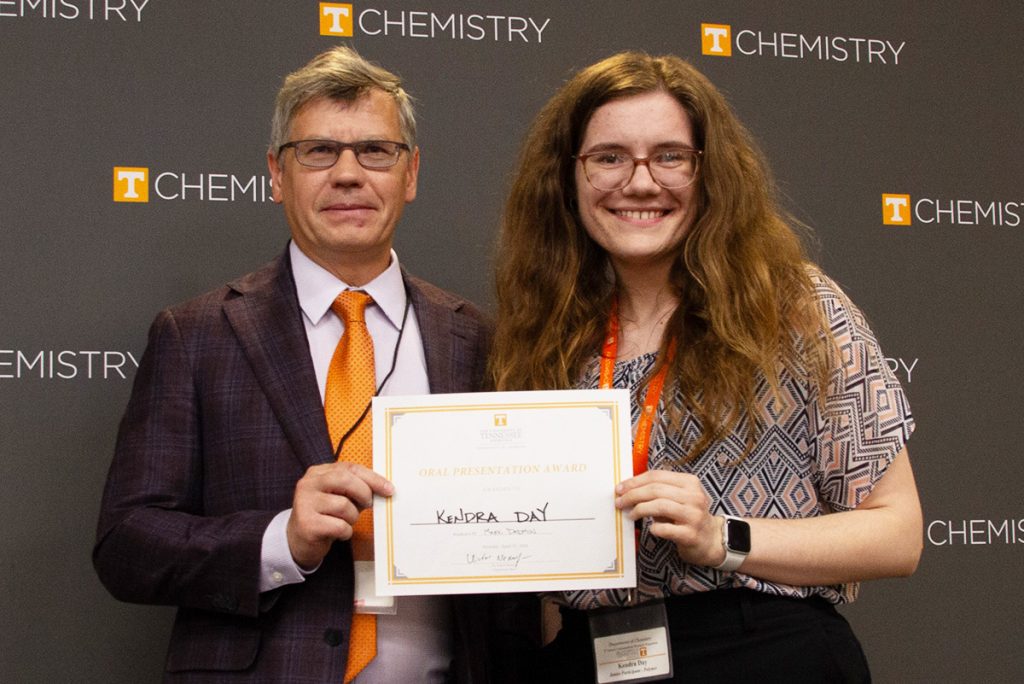
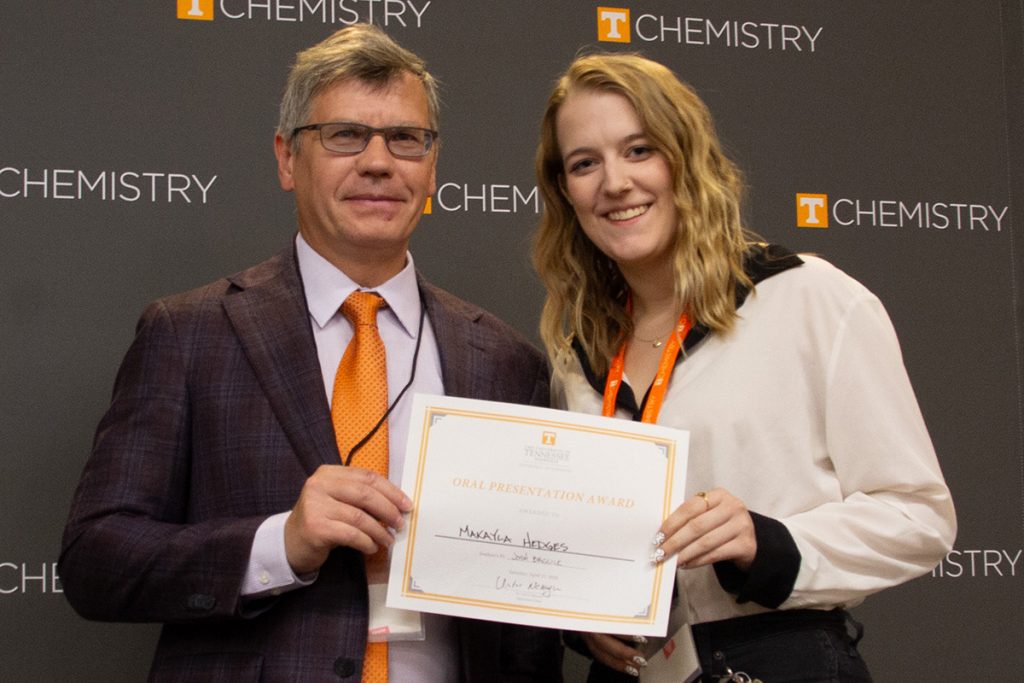
Scholarship Award Winners
C.W. Keenan Outstanding General Chemistry Student Award
Vu (Lynn) Nguyen
Phillip & Mary Reitano Award
Rahil Parikh
Dr. Lucy E. Scroggie Scholarship
Caleb Russell
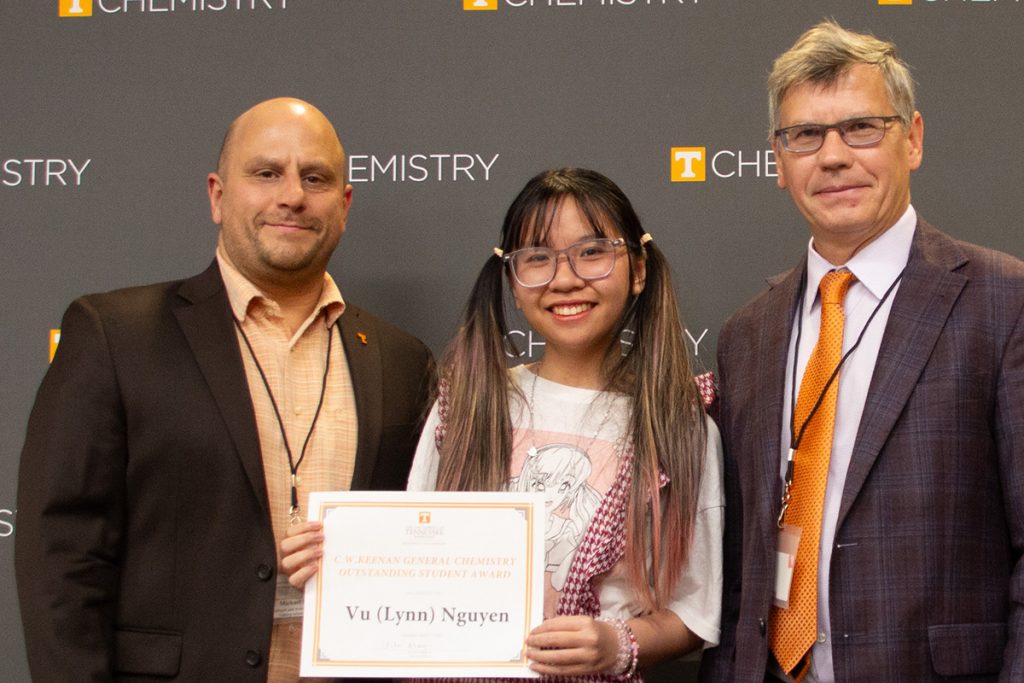


Halbert and Anne Carmichael Scholarship
Bailey Dvorak
C.A. Buehler Chemistry Scholarship
Makayla Hedges
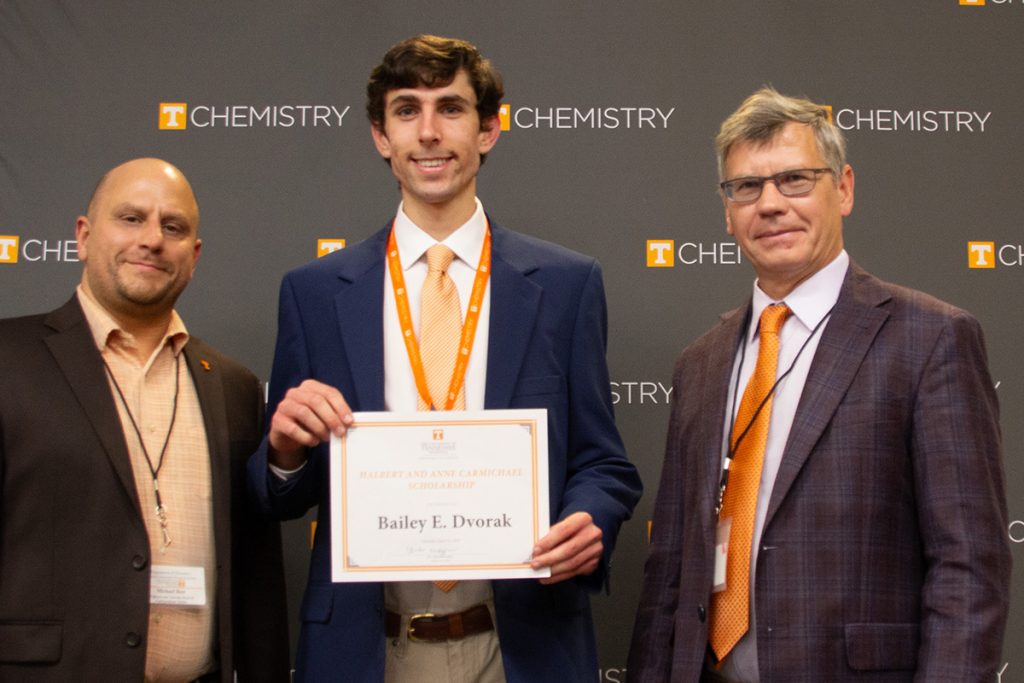

Additional Awards (not pictured)
ACS-Hach Land Grant Scholarship
Nathan Stimpson
CRC Press General Chemistry Award
Reed Heflin
Melaven-Rhenium Scholarships
Bailey Dvorak
Chloe Earls
Alexandria Wood
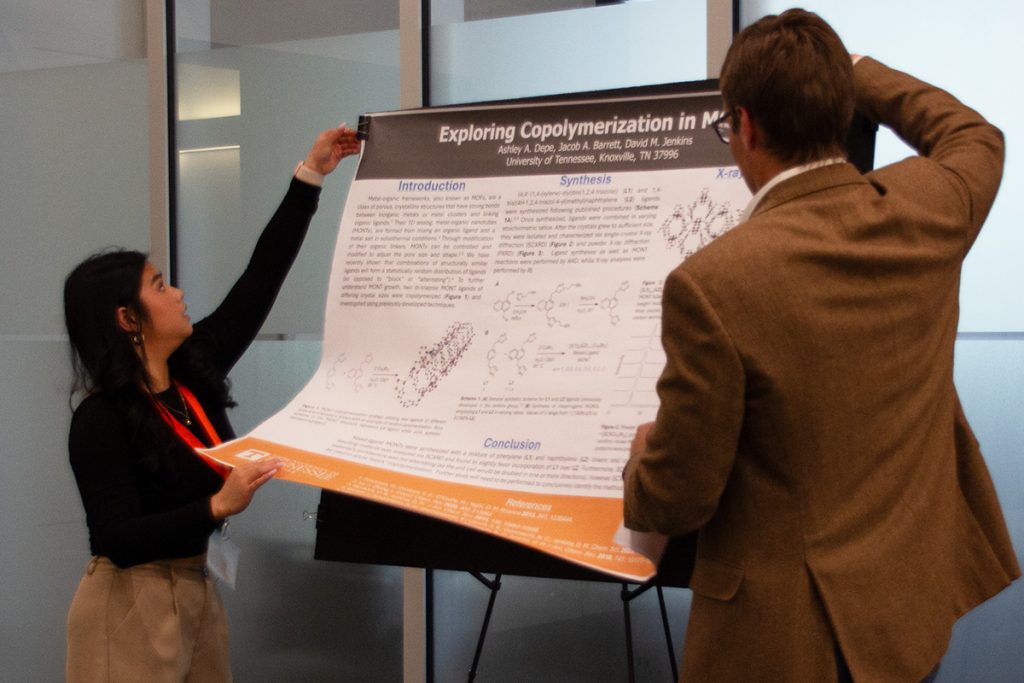
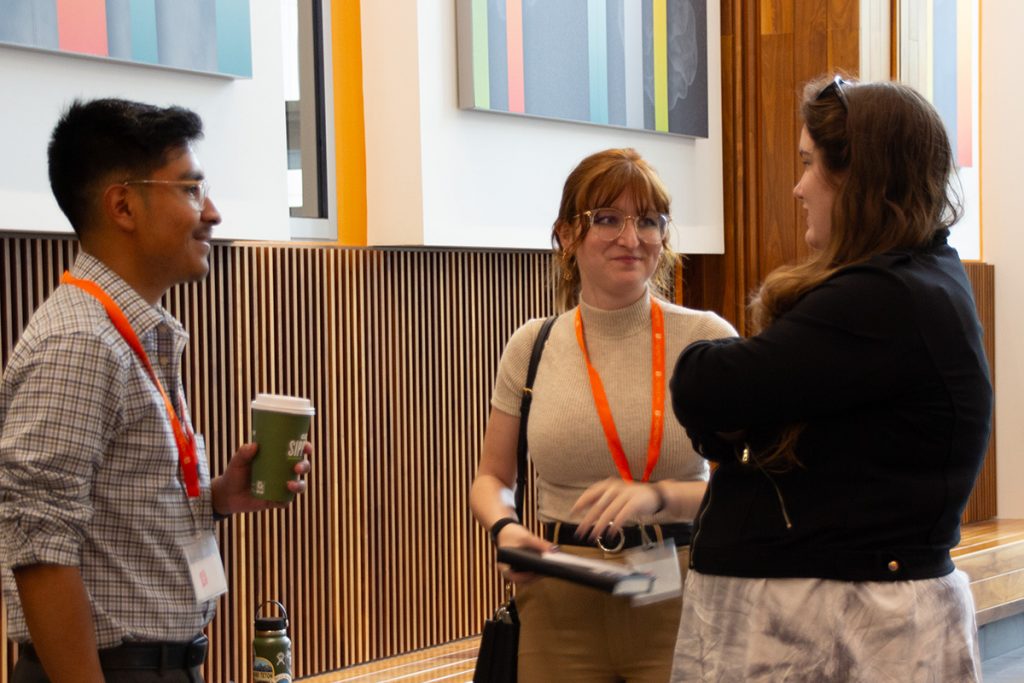

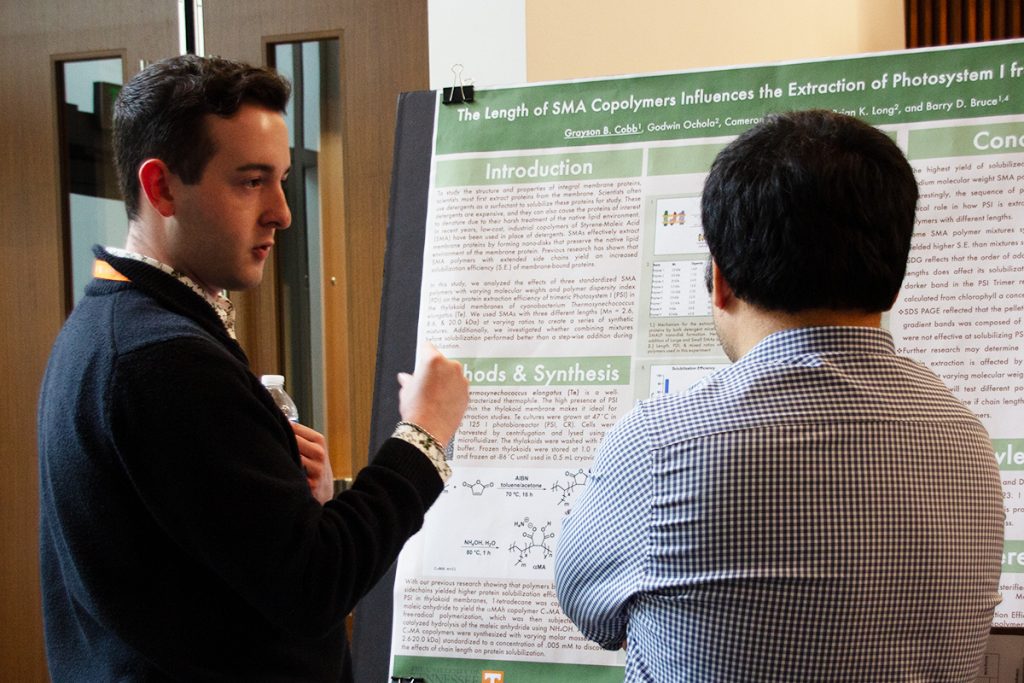

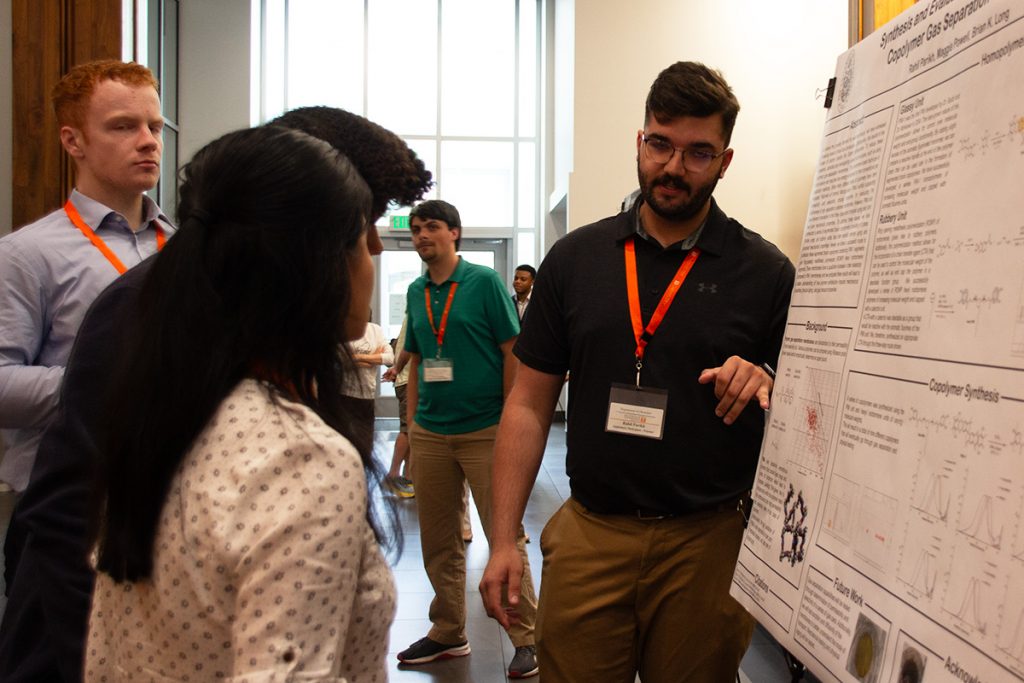
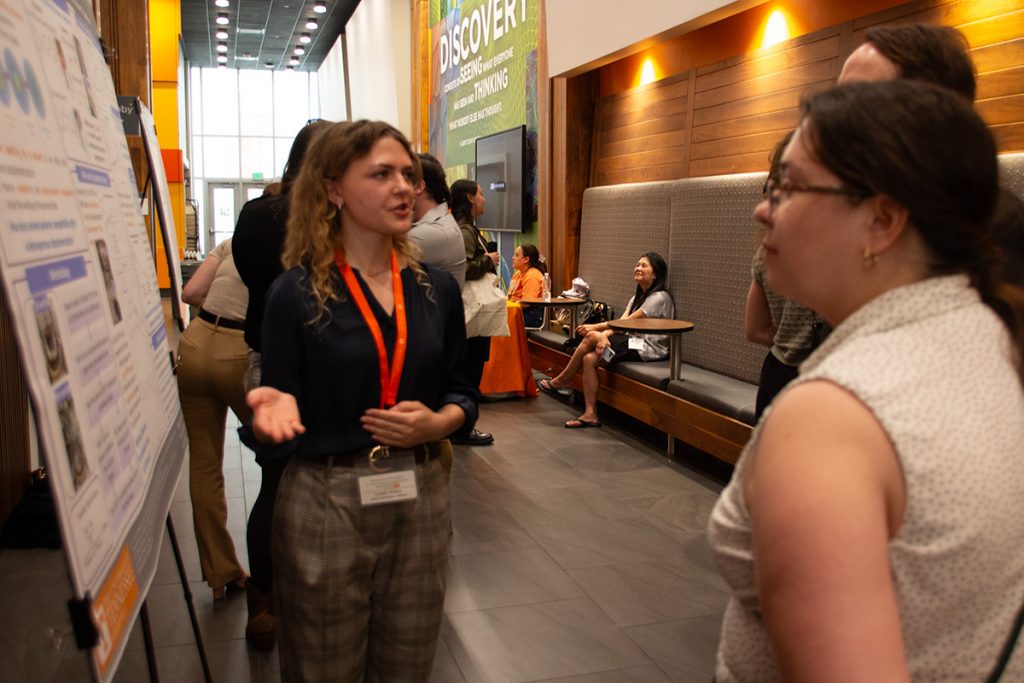
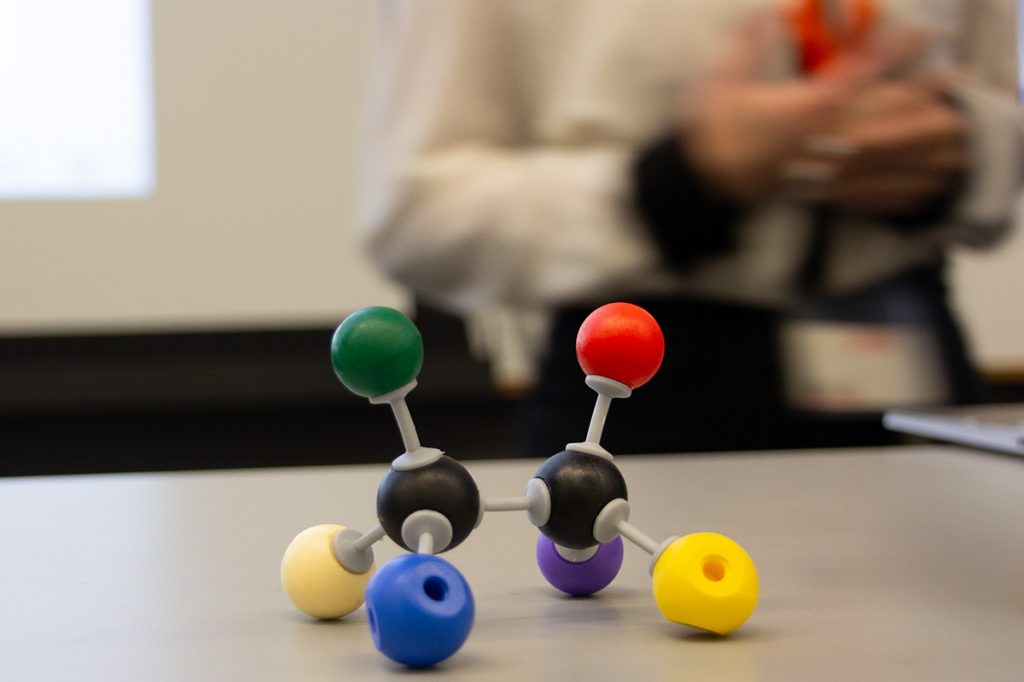
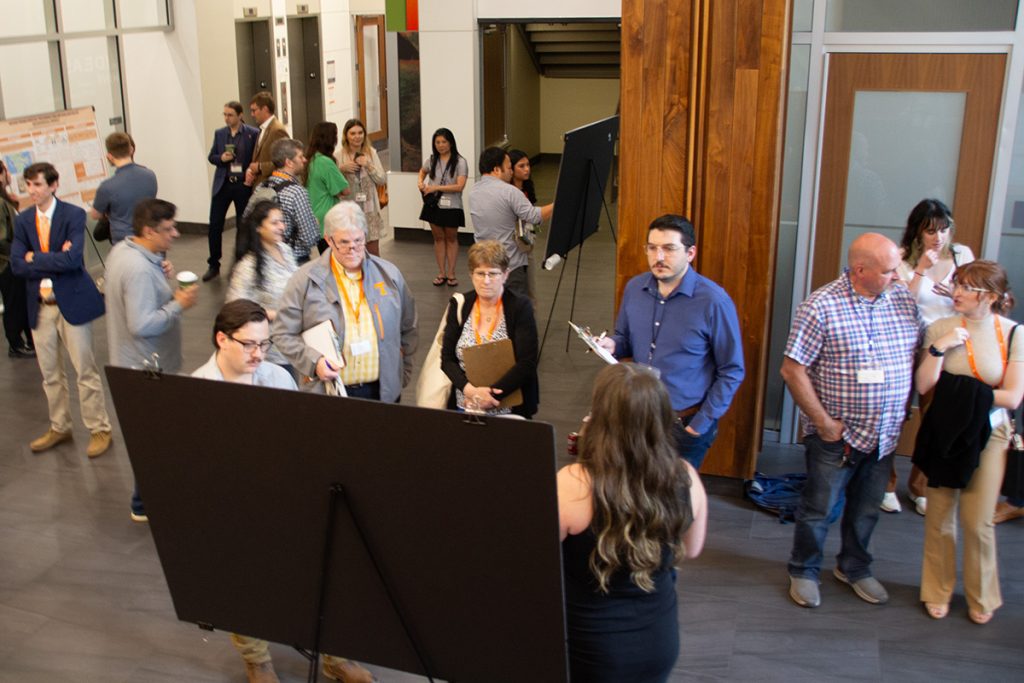
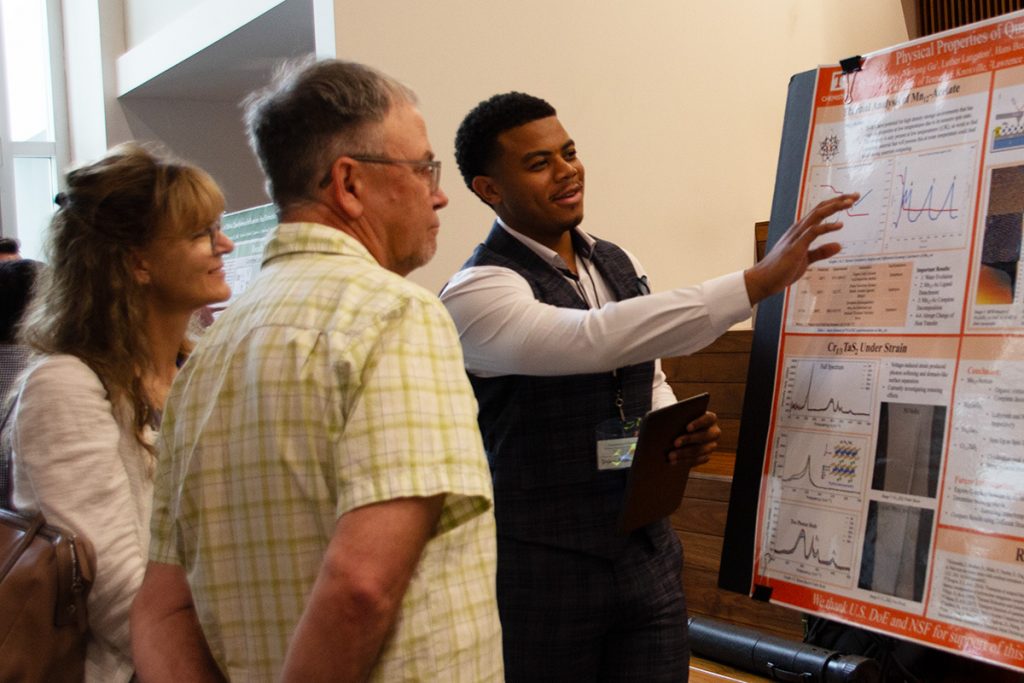

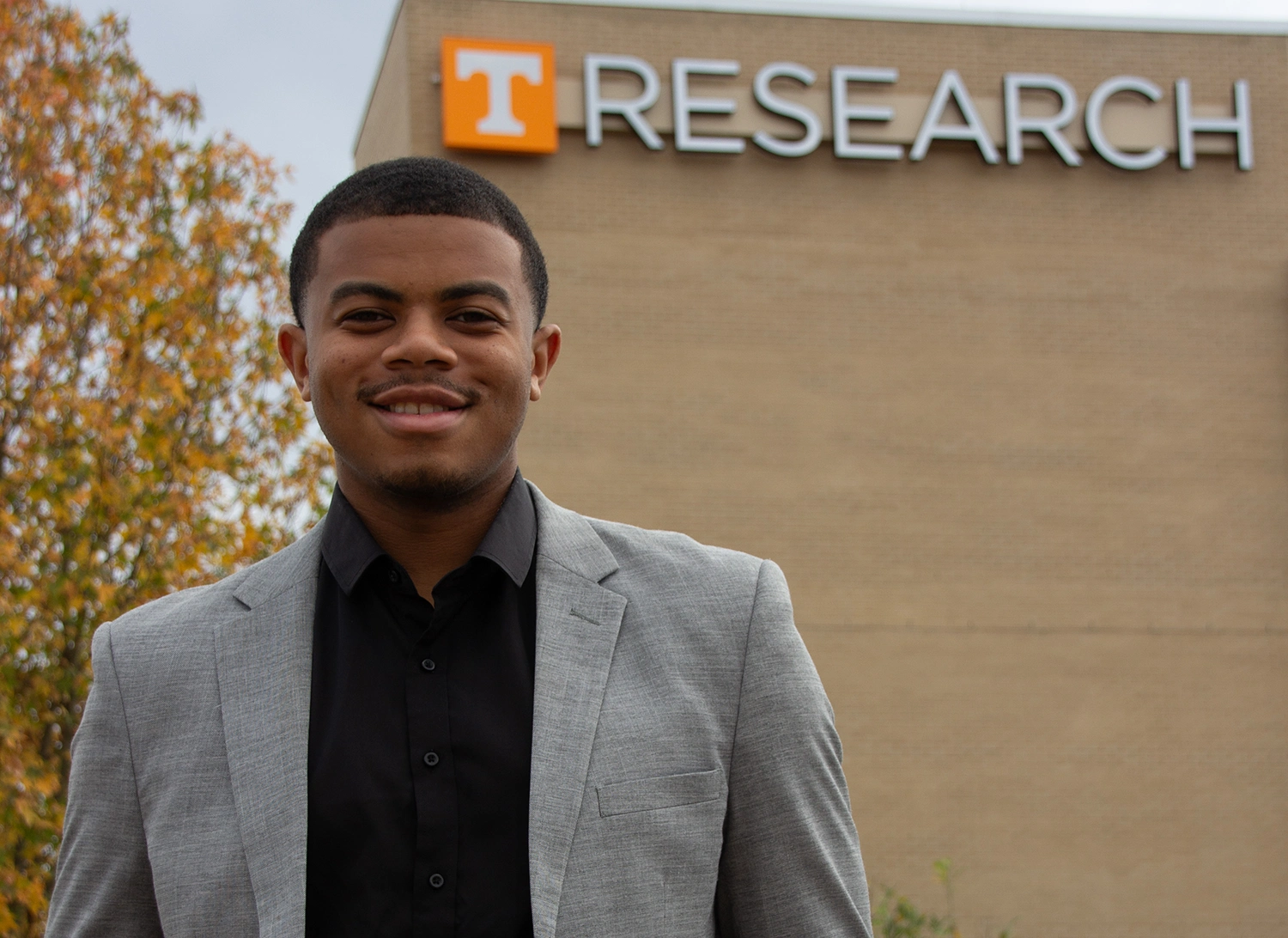
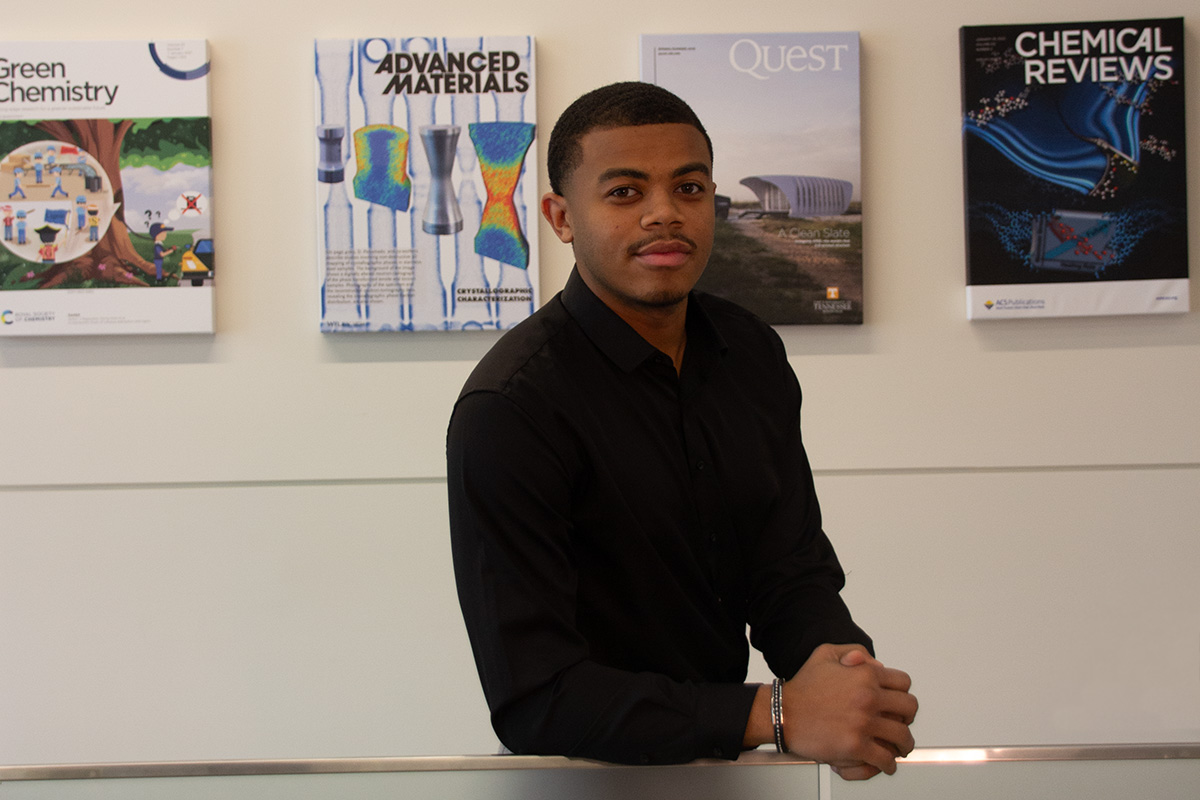
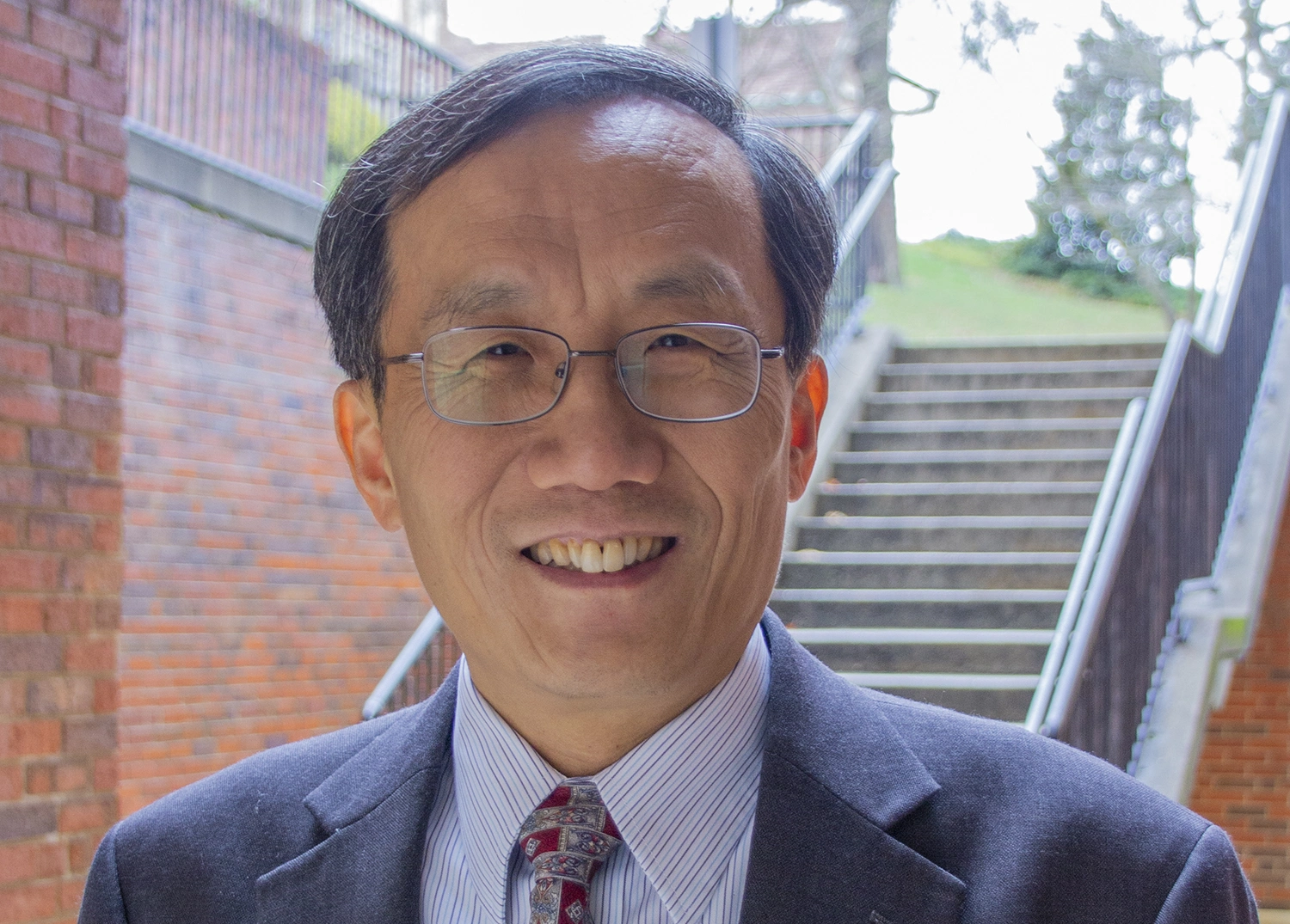
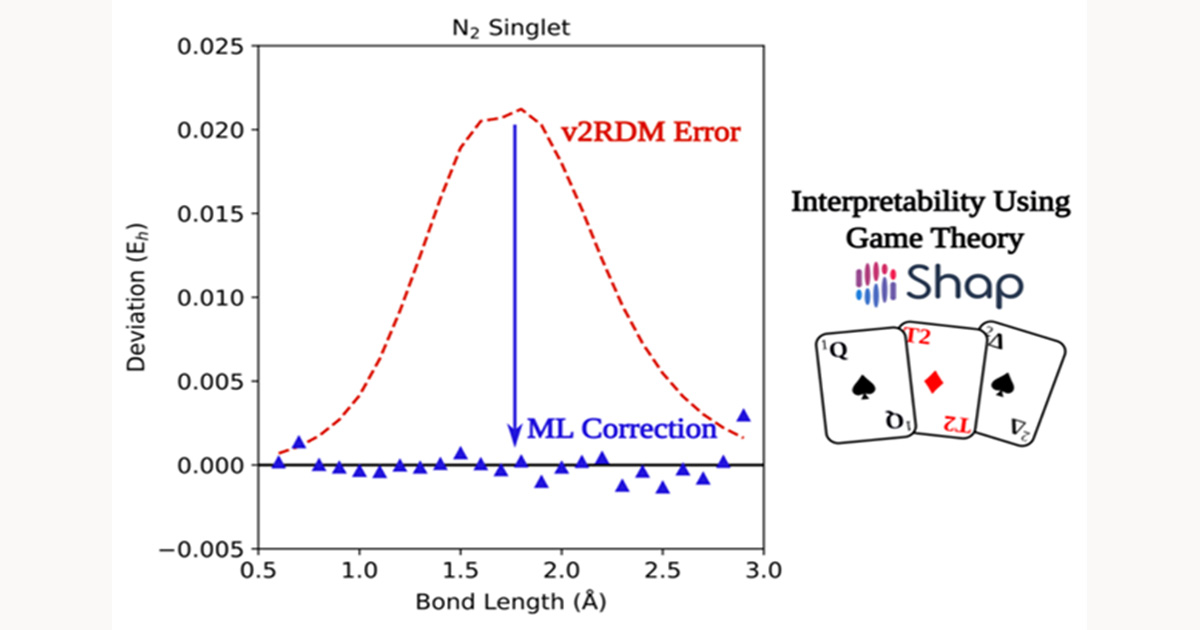
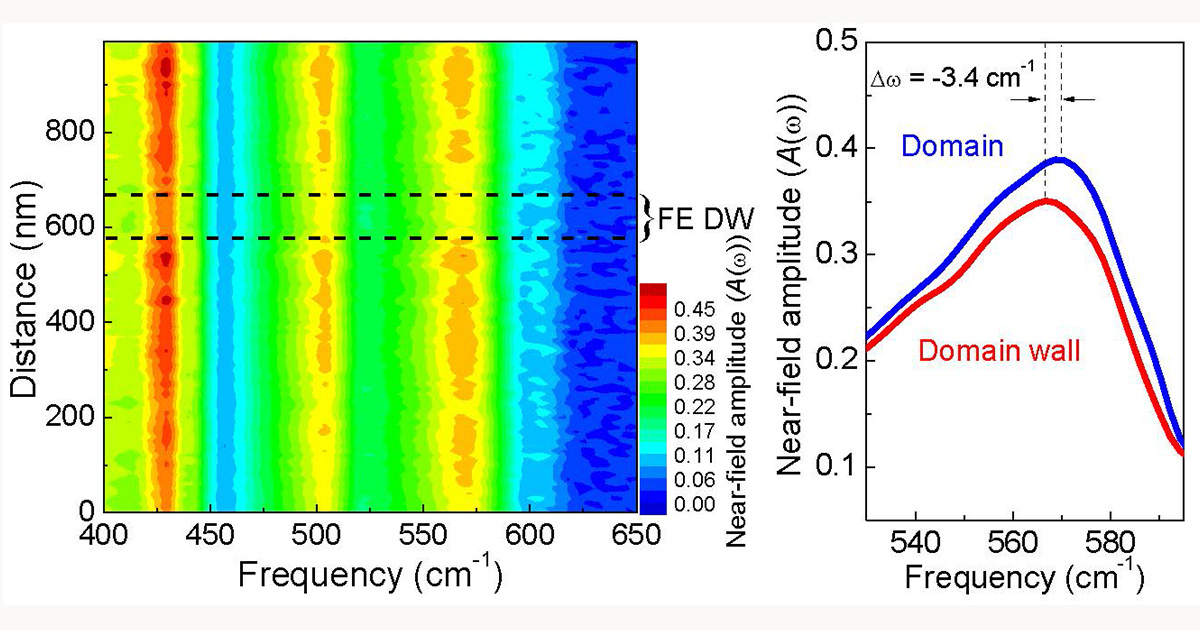
 Smith joined the chemistry department as a graduate student in 2015 and very quickly began investigating domain walls. Domain walls act as the boundaries between regions, or domains, of materials and have the potential to impact the properties and uses of that material.
Smith joined the chemistry department as a graduate student in 2015 and very quickly began investigating domain walls. Domain walls act as the boundaries between regions, or domains, of materials and have the potential to impact the properties and uses of that material. “This project really highlights the importance of curiosity in research,” said Musfeldt. “Kevin took an exploratory project and turned it into the most exciting thing in our lab with far-reaching implications.”
“This project really highlights the importance of curiosity in research,” said Musfeldt. “Kevin took an exploratory project and turned it into the most exciting thing in our lab with far-reaching implications.” Drake Robins is a fourth-year senior studying analytical chemistry. He is a member of the Air Force ROTC and has been working in Associate Professor Bhavya Sharma’s lab since his junior year. After graduation, Robins will join the United States Air Force and attend Undergraduate Pilot Training. Robins expressed his gratitude for the award and his time at the University of Tennessee.
Drake Robins is a fourth-year senior studying analytical chemistry. He is a member of the Air Force ROTC and has been working in Associate Professor Bhavya Sharma’s lab since his junior year. After graduation, Robins will join the United States Air Force and attend Undergraduate Pilot Training. Robins expressed his gratitude for the award and his time at the University of Tennessee. Clay West, also a fourth-year senior, is a student in the department’s American Chemical Society certified bachelor’s degree program. He plans to spend the year after graduation applying to graduate schools and preparing to pursue a PhD in organic chemistry. West stated he was grateful to receive the Volunteer of Distinction Award and considers it to be a reflection of the work he has put into earning his degree.
Clay West, also a fourth-year senior, is a student in the department’s American Chemical Society certified bachelor’s degree program. He plans to spend the year after graduation applying to graduate schools and preparing to pursue a PhD in organic chemistry. West stated he was grateful to receive the Volunteer of Distinction Award and considers it to be a reflection of the work he has put into earning his degree.